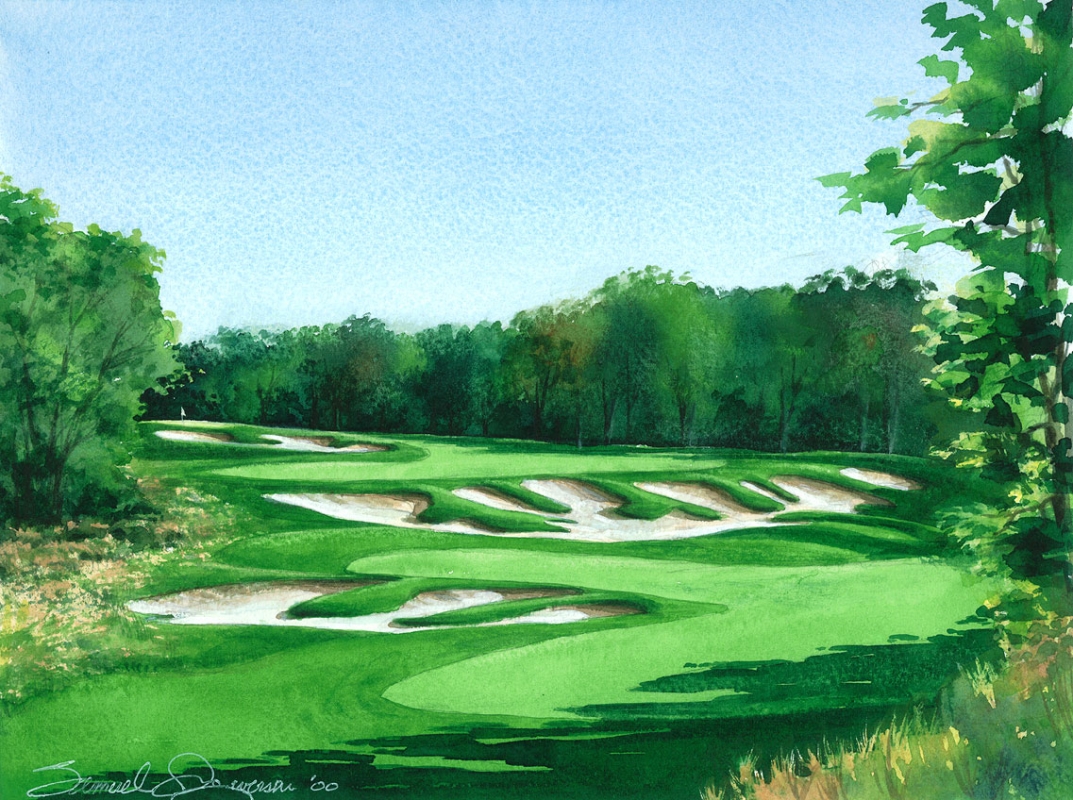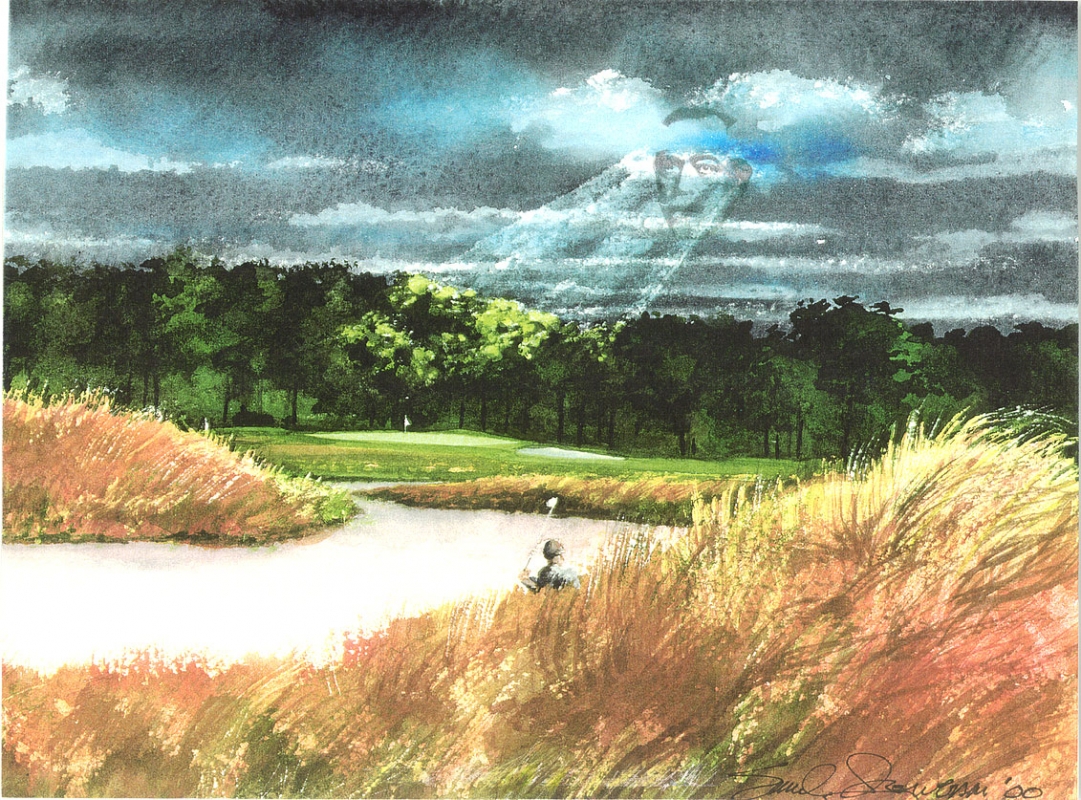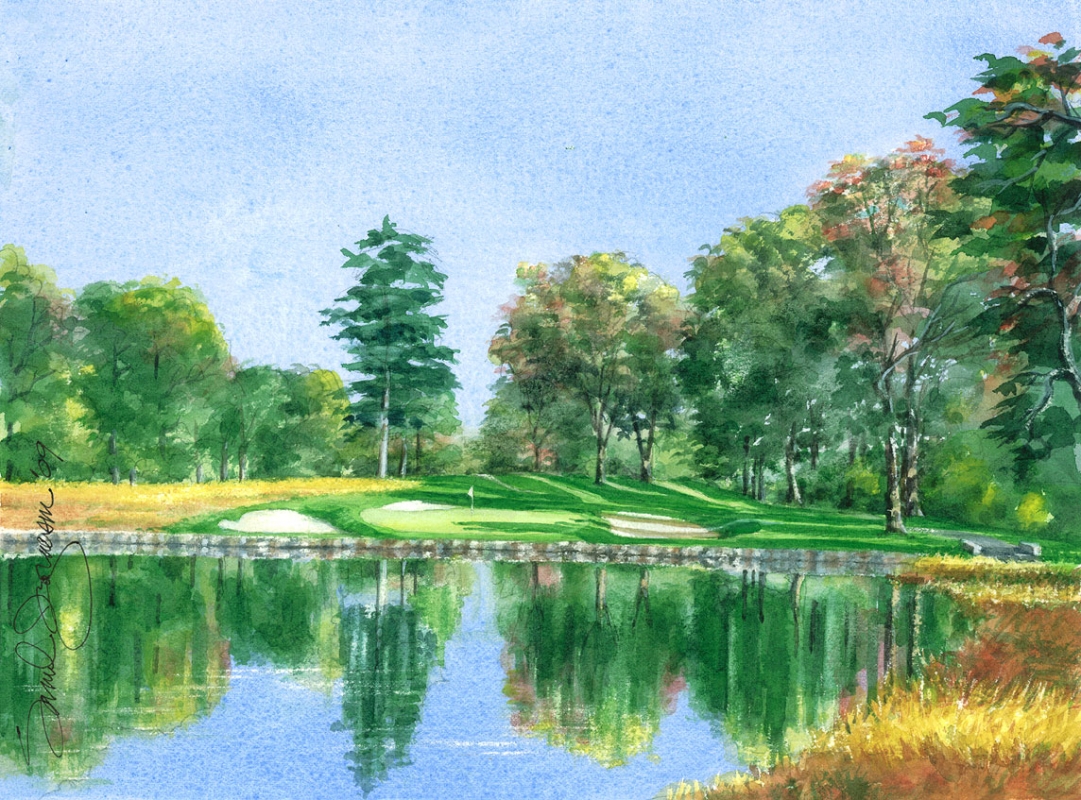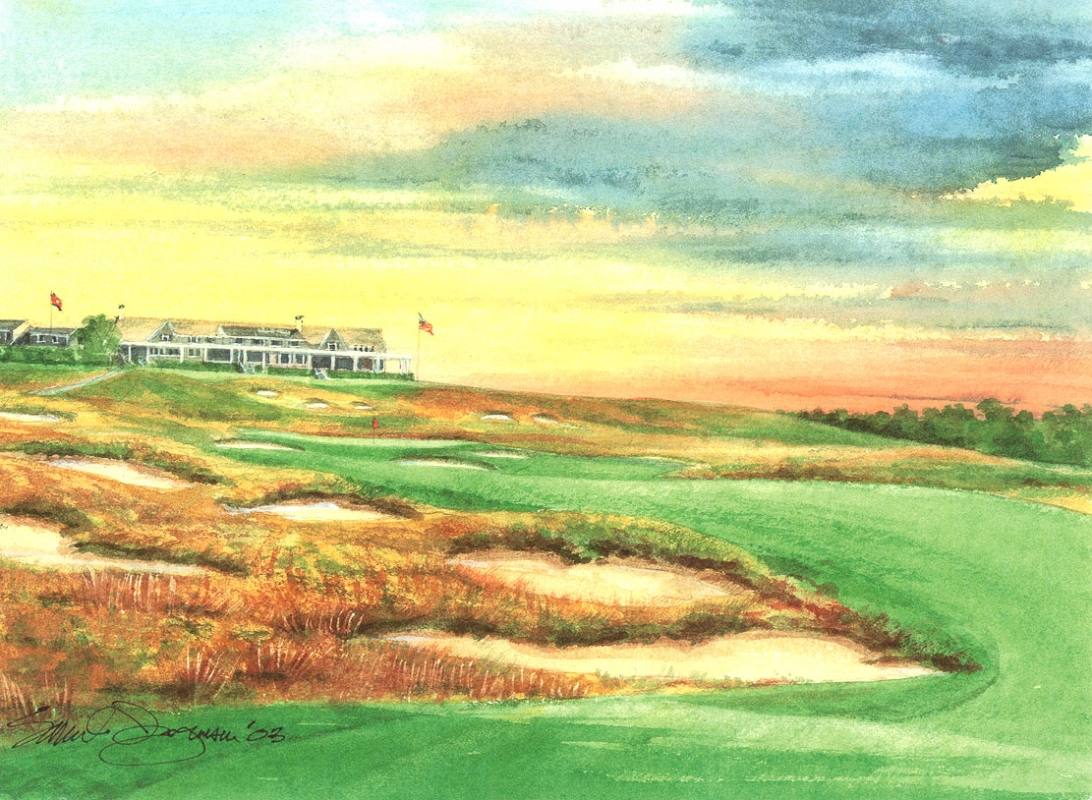Book Reviews: August/September 2020
Book Reviews, by Les Schupak
The dedication, despair and dislike of a life devoted to golf are the subjects explored in an engrossing golf novel, The Professional (Classics of Golf, $19.95) by Long Island resident and author Evan Mandery.
The novel follows the life of a professional golfer, David Howard, who grew up in a neighboring town to Latrobe, Pa., where Arnold Palmer was raised. Howard's father, once a talented golfer hoping to turn professional, had to abandon the game to support his family by working in the local coal mines. He patterned his parenting style after Deacon Palmer and was an unrelenting and abusive taskmaster to his young son, whom he trained with rigid discipline in order to live his dream through his child's accomplishments.
For years, David obeyed his father's instructions, yet secretly hated the hours of solitary practice and the one activity that enveloped and defined his life. Despite this, he developed into a junior champion, then earned his PGA Tour credentials, won a number of professional events, and nearly was victorious at a U.S. Open. But there was an emptiness to this life of which most people would be envious.
The author mixes in David's unresolved desire to become a writer, ultimately dashed by his father and his high school romance with a cheerleader that led to a rocky marriage and then divorce. All this unhappiness stemmed from a life devoted to playing golf at a high level that gave him no pleasure.
But redemption arrives in David's later years when he accidentally meets an orphaned teenager who lives with his grandparents in David's senior living community. The boy loves golf and has natural undeveloped skills and asks David to coach him. Reluctantly he does, which leads to David finally recognizing that he never accepted responsibility for his own life.
The author depicts characters who display much torment and discontent. There are internal struggles, family and marital conflicts, and an intense assessment of how this game can upset a life or provide it with satisfaction and meaning. While the book contains many dark moments, Mandery offers a conclusion equal to "hitting it pure."
-------------------------------------
To Sam Ingwersen, an architect by trade, and golf course architect Michael Hurdzan, golf is a game and not a beauty contest.
Together they have combined to write a profoundly convincing treatise on the need to inhibit the design of "unplayable" golf courses that are driving many golfers away from the game. Their book, Dangerous Beauty (Dangerous Beauty, LLC, $145) claims that golf architects, at the behest of course owners and/or club leaders, are over-designing courses with the prime goal to be "beautiful" or "the best," thus making them contrived, ornamental, and excessively difficult, and one of the main reasons for golf's decline in participation.
The authors argue that golf architects must use worthy landscape effects to offer players an environment that enhances the natural setting while eliminating unfair hazards and obstacles that may look dramatic on a television screen but are anathema for the bulk of casual golfers.
How vital can the impact of course aesthetics be? To hear Ingwersen and Hurdzan tell it, it could be the most important element in growing the game or the reason for its decline. Ingwersen is an accomplished artist best known for his watercolor canvases, and his art fills the pages of the oversized book to underscore how nine different golf landscape components – Water, Fairway, Bunker, Green, Tree, Rough/Margin. Foliage, Structure, and Composition – affect playability.
Ingwersen presents 145 of his watercolor pieces to visually explain how the component aptly works on a particular course. And what an outstanding collection of iconic courses he has been privileged to paint – including Met Area classics such as Baltusrol, Bethpage Black, Garden City GC, Hollywood GC, Quaker Ridge, and Shinnecock Hills. The book includes historical references dating back to the late 19th and early 20th centuries when aesthetic design began transforming the English golf landscape.
For the golf enthusiast who enjoys studying the history and evolution of course design around the globe, this is a book to savored for its insights and for the duo's talents and deep conviction. They are steadfast in their critical commentary on unnecessary and expensive adornments such as waterfalls, man-made water hazards, and unfairly placed bunkers and dunes. While beauty may lie in the eye of the beholder, they claim these features slow the flow of the game and serve no useful purpose other than to reduce the fun of the game. By the end of the book, the authors will have you convinced that golf course designers hold one of the keys to ensuring the future of the game.
A few of Ingwersen's watercolors:

Bethpage Black - No.4

Bethpage Black - No. 11

Garden City Golf Club - No. 2

Quaker Ridge - No. 5

Shinnecock- No. 16
